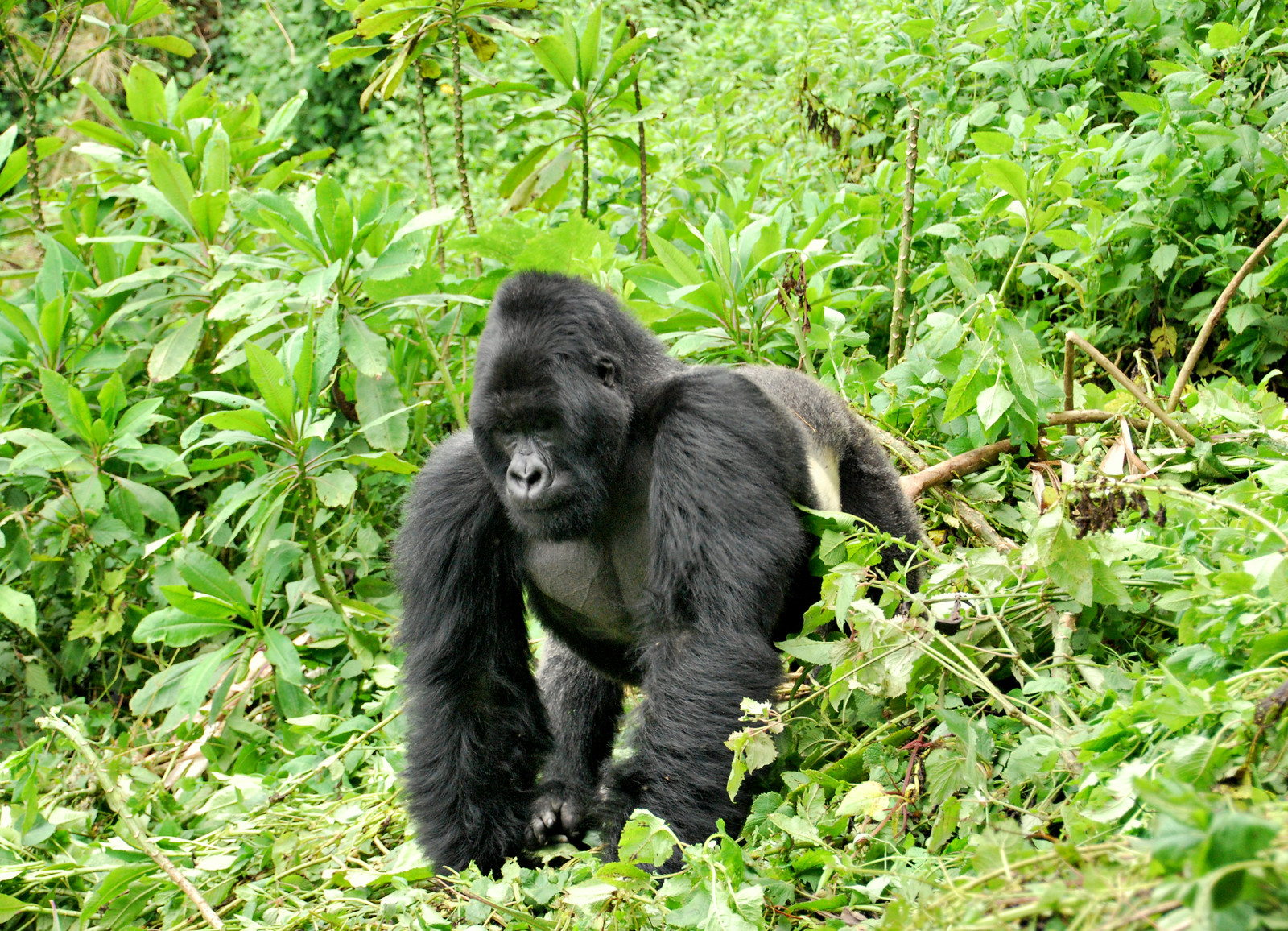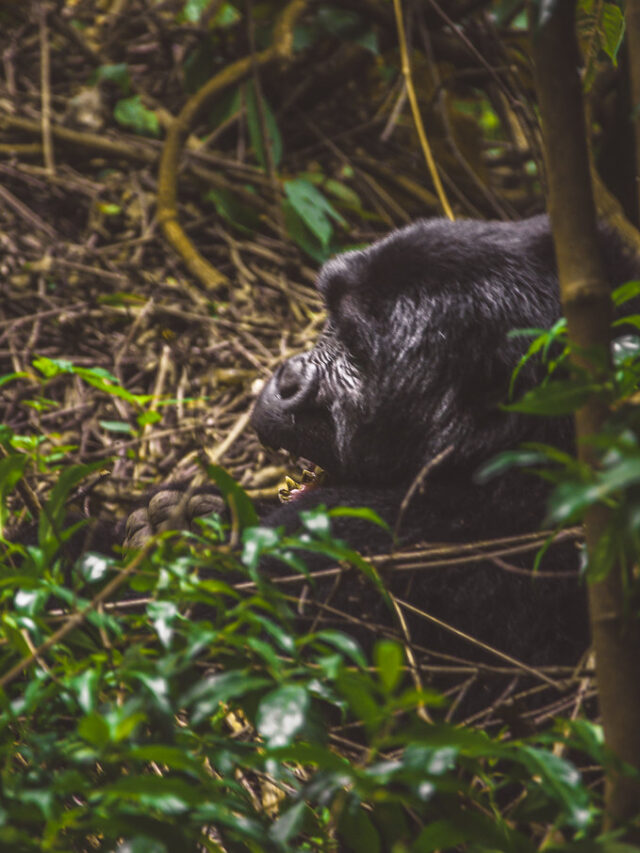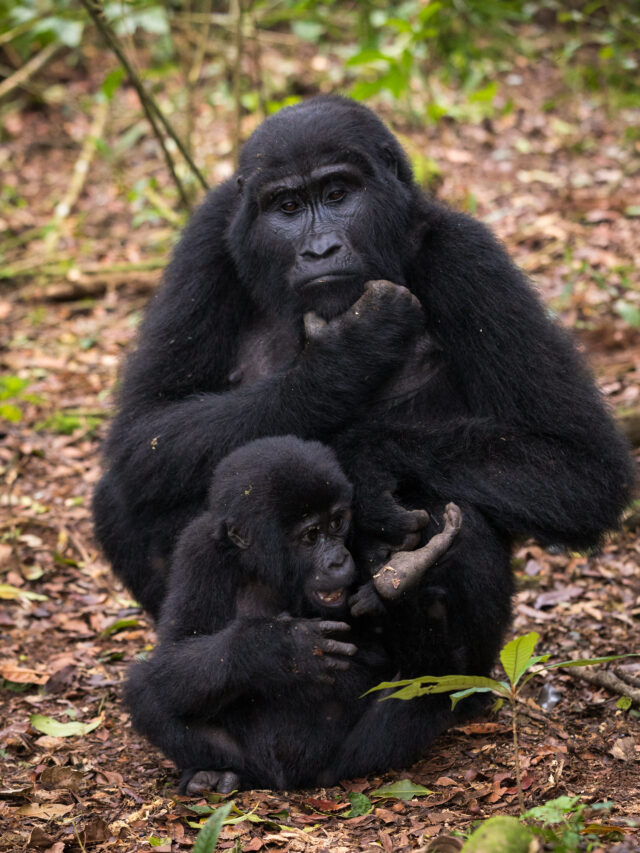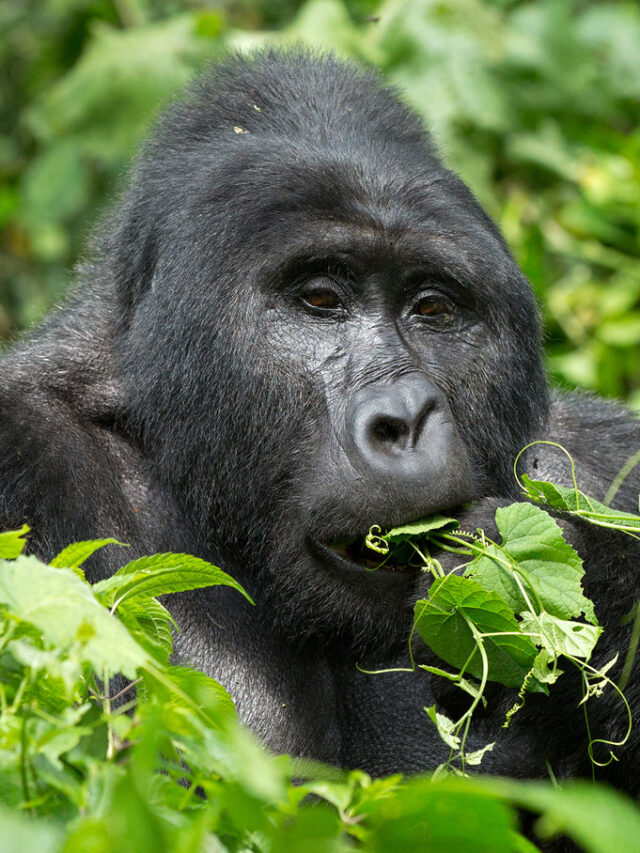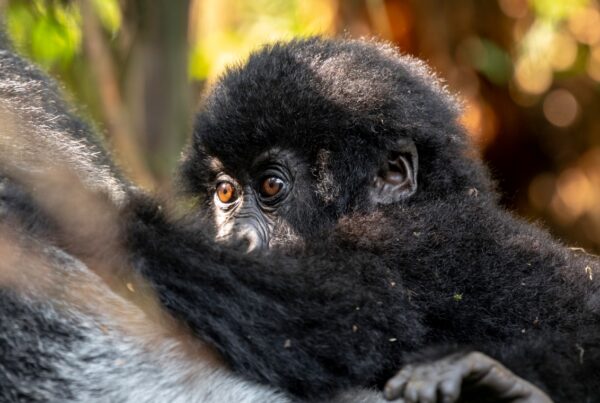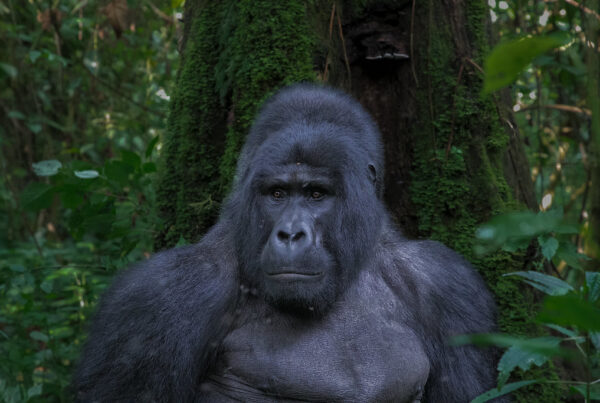The True Weight of a Giant: How Much Does a Silverback Gorilla Really Weigh?
Understanding the Majestic Strength Behind Every Pound
In the shrouded mountain forests of East and Central Africa, where the mist hangs thick like a veil over an ancient world, silverback gorillas reign as nature’s silent kings. They do not roar for dominance or stride boastfully through the forest—they simply exist in commanding presence, muscle, wisdom, and mass. The very question of how much a silverback gorilla weighs carries more than a number. It carries the soul of the wilderness, the biology of power, and the emotional awe we feel when we come face to face with one. Let us explore the real, researched, and awe-inspiring answer.
How Heavy Is a Silverback Gorilla?
How Much Does a Silverback Gorilla Really Weigh? — A fully grown male silverback gorilla typically weighs between 135 to 220 kilograms—that’s approximately 300 to 485 pounds. This might vary depending on subspecies and environment, but those figures are accurate and up-to-date as of 2025, with field data confirmed from wildlife research in Uganda, Rwanda, and the Democratic Republic of Congo—home to the critically endangered mountain gorillas. In rare cases, some silverbacks can exceed 500 pounds, especially those that enjoy optimal diets and protection from stress or poaching threats.
Their immense body mass is packed with dense, raw muscle—particularly in the chest, arms, and shoulders. A silverback’s upper body strength has been likened to the lifting power of over ten adult men, a fact that becomes even more astounding when you realize they rarely use this strength for violence. It’s a strength used for protection, intimidation, and sheer presence.
Weight Depends on Subspecies and Diet
Among the four gorilla subspecies, mountain gorillas (Gorilla beringei beringei) are the most well-known silverbacks in Uganda and Rwanda. Their weight typically sits at the lower to middle end of the range due to their plant-heavy diet and colder, mountainous habitat. On the other hand, western lowland gorillas—which dwell in more lush and food-abundant tropical zones—tend to grow slightly bulkier. Their broader diets include more fruits and occasional insects, contributing to their heavier build.
However, it’s not just about food. Stress, habitat disturbance, and age all influence the weight of a silverback. Older silverbacks may become heavier but less agile, while younger ones may appear lean but still incredibly powerful. It’s a complex interplay of biology, survival, and environment.
The Emotional Impact of Seeing One Up Close
To witness a silverback gorilla during a trekking expedition in Bwindi Impenetrable Forest or Volcanoes National Park is to watch living gravity at work. When you see one shift its position or beat its chest in a thunderous, rhythmic warning display, the ground almost seems to respond to its weight. It’s more than just mass—it’s the presence of millions of years of evolution condensed into a sentient, protective, intelligent giant.
You don’t just see a silverback’s weight—you feel it. In your chest. In your gut. In the hairs that stand on end the moment your eyes lock with his. That’s not just the power of a few hundred kilos—it’s the weight of heritage, of leadership, of being the sentinel of the family.
Why It Matters in Conservation
Understanding a silverback’s physical weight is also crucial in veterinary support and conservation. Knowing healthy weight ranges helps teams at Uganda Wildlife Authority or Rwanda Development Board detect malnourishment, illness, or trauma. Every kilo lost can signal a deeper issue. During gorilla habituation experiences or health monitoring, accurate assessments of a silverback’s condition often determine the urgency and method of intervention.
In essence, weight is a mirror into the well-being of these gentle giants—and by extension, the health of their habitat.

